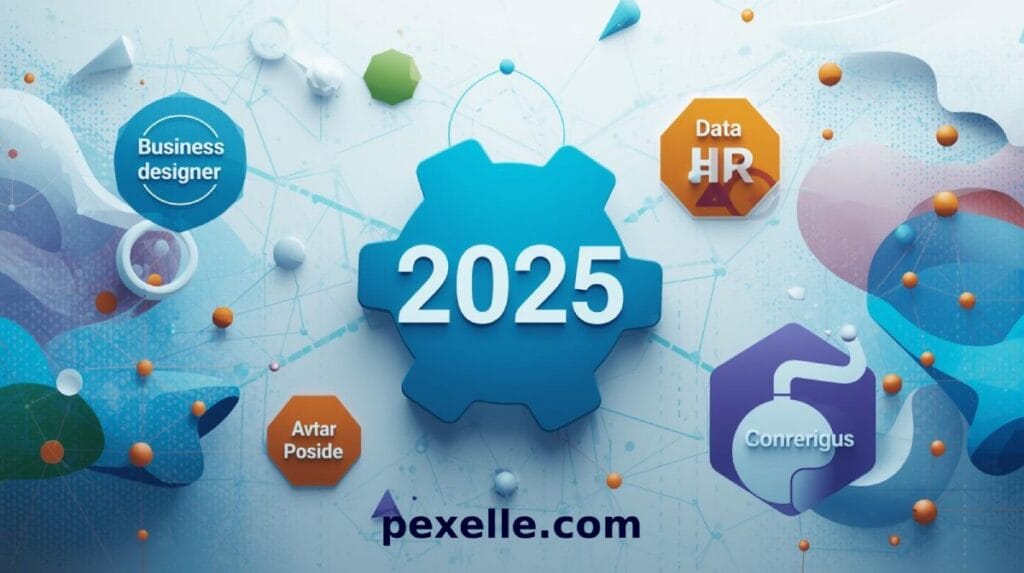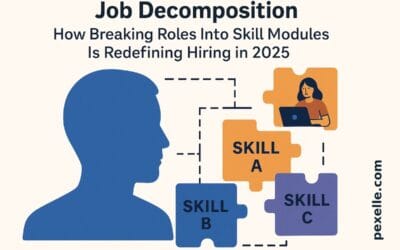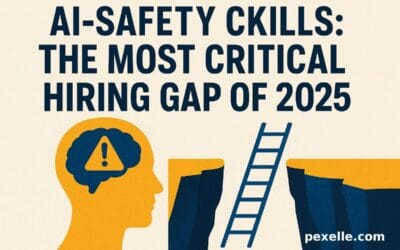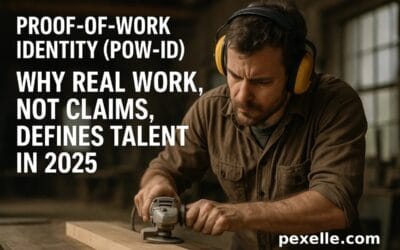Dual-Role Jobs: Why 2025 Requires Multi-Disciplinary Talent

The job market in 2025 is changing in a fundamental way. Roles are no longer defined by a single skill or specialty. Companies now expect individuals to operate across multiple functional domains, because modern work demands both execution depth and contextual intelligence.
This shift has led to the rise of Dual-Role Jobs, where a professional combines two previously separate skill areas into a single, integrated role.
Examples include:
- Developer + Business Strategist
- Designer + Data Analyst
- HR Specialist + AI Operations Manager
- Product Manager + Research Analyst
- Marketer + Automation Engineer
These are not hybrid titles — they are new job realities.
1. Why Dual-Role Jobs Are Emerging
Organizations are under pressure to:
- Innovate faster
- Operate leaner teams
- Reduce communication layers
- Respond quickly to market and technology shifts
When a single person can play two complementary roles:
- Decision cycles shorten
- Miscommunication drops
- Team overhead decreases
- Value-per-person increases
Dual-role talent compresses the organization — making it more efficient.
2. Depth + Breadth: The Required Skill Structure
Dual-role jobs follow a predictable structure:
| Layer | Description |
|---|---|
| Primary Skill (Depth) | The core competency: coding, design, HR, marketing, finance, etc. |
| Secondary Skill (Contextual Layer) | The complementary ability that amplifies the primary one. |
Examples:
- A developer with business insight makes better architectural decisions.
- A designer who reads data can design for outcomes, not aesthetics.
- An HR professional who understands AI tooling can automate and optimize talent systems.
This is how individuals become high-leverage operators instead of task executors.
3. The Market Value of Dual-Role Talent
Companies hire output, not effort.
Dual-role professionals:
- Make more autonomous decisions
- Reduce dependency on other roles
- Require less oversight
- Produce higher-quality results
This makes them:
- More valuable
- More promotable
- More resilient to automation
Put simply:
Single-skill professionals compete. Multi-skill professionals lead.
4. The Problem: Traditional Education Doesn’t Build Dual-Role Talent
Universities and most online academies train people in silos:
- Programming without business
- Design without analytics
- HR without systems thinking
This creates fragmented professionals.
The workplace now favors integrated skill identities.
5. Where Pexelle Fits In
Dual-role capability cannot be assessed by:
- Resumes
- Certificates
- Job titles
It is proven through:
- Task-based performance
- Micro-skill breakdown
- Cross-skill competency mapping
Pexelle provides the exact mechanisms needed:
| Pexelle Feature | How It Enables Dual-Role Validation |
|---|---|
| Micro-skill modeling | Shows depth + context, not just labels |
| Task-based verification | Measures dual-skill execution in real workflows |
| Skill identity mapping | Highlights how skills interact, not just exist |
| Performance evidence | Replaces “I know” with “I have demonstrated” |
In dual-role markets, the ability to prove intersectional skill is the competitive advantage.
Conclusion
2025 does not reward “specialists” or “generalists.”
It rewards integrated professionals who can combine:
- Technical execution
- Analytical thinking
- Business awareness
- Collaborative judgment
The future belongs to those who can operate in two languages of value at once.
Dual-role talent is not optional — it is the new default.
And platforms like Pexelle are enabling the verification and visibility of those capabilities at scale.
Source : Medium.com




